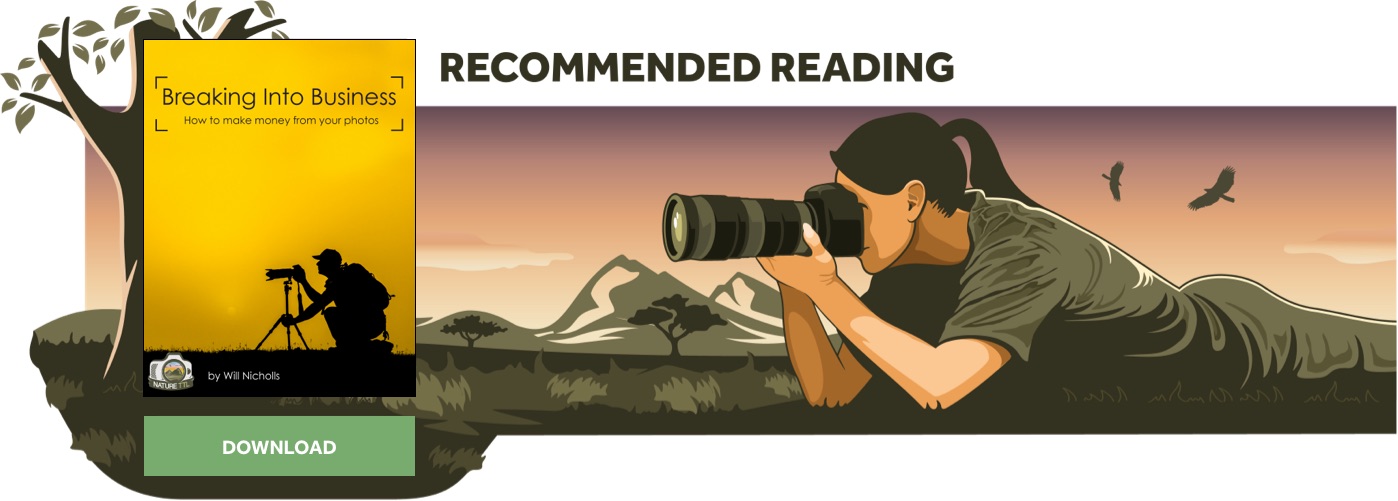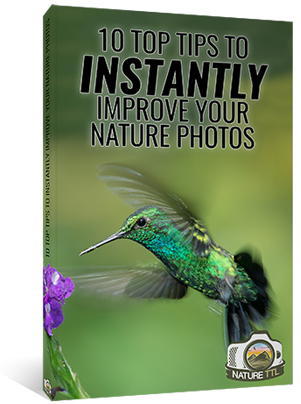Levi Fitze: Unveiling the Artistry of a Rising Photographer

Young up-and-coming wildlife photographer Levi Fitze has been winning awards for several years in the youth categories of major nature photography competitions.
Now not only competing as an adult, but also paving the way to an exciting career, we caught up with Levi to see what he’s been keeping busy with, and what he plans for his future in nature photography.


It’s been great to follow your process in recent years as a talented young up-and-coming photographer. Where did your journey into this world begin?
As a child, I spent many hours in the local forests and mountains exploring everything that I found in nature’s playground. At the age of ten, I joined an ornithological youth group and my passion for birds started to grow.
After some time, I began wanting to capture my experiences to show my observations to friends and family. That’s where the photography part came into being with my passion for nature and wildlife.

I started out taking bad documentary-style images and became more and more passionate about creating nice images. This was when I started to spend most of my time in the Swiss Alps, an incredible ecosystem in which I had the pleasure of growing up.
Various grouse species, such as the black grouse, became my long-term projects and I started to spend many days and weeks with single subjects to build up nice portfolios.
Are there any photographers or styles that you felt inspired by as you progressed with your photography?
Yes of course.
During this progress of learning about nature and photography, there have been always people that I’ve looked up to and who inspired me.

Over the years there’ve been many different conservationists and photographers with totally different styles which inspired me in my own progress.
It’s hard to pick out single names but the French photographer Vincent Munier might be one who has been on this list of inspiring photographers for the longest time.
We’ve heard you talk a bit about how social media helped you with your photography – can you tell us a bit more about this?
My first attempts at photography happened far away from any social media. But, it’s true that I started posting some of my work at a pretty early age. I’m sure that it was great motivation to get feedback and to follow other people with the same interests.
Today social media might be the most important platform to share my work with my followers.

What I also like about it is that I already met several young photographers in real life who I got to know through social media.
Overall, the positive aspects of social media prevail for me personally as a nature photographer.
As a winner of several notable photography awards in the Youth categories, you’ve now stepped up into the adult categories of competitions. How do you feel about competing in these adult categories?
The first thing that happened was that I almost didn’t enter any contests since I became an adult.
This is because of very limited time during the last months, but also because I thought I could easily enter the images in the next year’s competition.

I’m happy to compare my work with the best photographers from now on, but I also know that it might mean that I do not get as far in as many contests anymore.
If you had to choose one image from your wildlife photography, which would be your favourite, and why?
Well, I guess that’s a difficult question for most wildlife photographers. Behind every image, there’s an intense experience with wild animals, and sometimes a lot of effort to experience this moment.
That’s why every single image has its value and its own story behind it.

If I’d have to choose one image though, it would be a black grouse wide-angle image.
I took it back during the Covid pandemic when I spent a lot of time at different black grouse lekking grounds. This wide-angle image shows a unique view and there was a lot of effort behind it, which is why I chose it as my favourite.
You have a big interest in ornithology. How has this helped you when photographing birds, for which you have won numerous awards?
I think this is one of the main reasons why I got some of my images. Knowledge about their behaviour and their habitat is one of the most important things to get good images.
Without knowledge, there’s a high chance of wrongly interpreting their behaviour and disturbing your subject, which has to be the last thing you’d want to do.
We are always excited to see young photographers begin to pave their way in this industry. What advice would you give to young people to take up or further their interests in wildlife photography?
Yeah – me too. It’s fantastic to see this young, talented and upcoming generation of nature photographers.

First of all, I’d say is important to try to find your own way. This relates to your own photography style, which should show your encounters in a creative and emotional way, but also in your career as a photographer.
And another important thing for me is that we, as nature photographers, need to set focus on creating awareness about conservation by telling our stories.
If there was one top skill you think young photographers should master to stand out from the crowd, what would it be?
In my opinion, the most important thing in nature photography is time. Try to find your own story about an animal close to your home and focus on it.
Just by spending time with one single subject, you start to learn about its behaviour and you’ll experience different light situations. This is a very good way to get a portfolio from your subject and it is the way how you can tell a story with images.

By telling this story people are going to recognize your work and that’s one of many different ways to stand out from the crowd.
When packing for a photography expedition, what is one piece of gear you could not go without?
Well of course I don’t want to miss my camera, especially when there’s a chance for a rare encounter.

But otherwise, I would say my binoculars. It’s one of my most important pieces of gear, as it helps me to scan the area I’m in for signs of wildlife, especially in the Apls, where you have large distances to search in.
We are very excited to see your new work and watch you grow. Looking to the future, what ambitions do you have for your photography career?
Thanks! I’m looking forward to it too.
There are so many exciting things to explore and I think it’s a very interesting time to live on this planet. Everything is changing pretty fast and it’s also in our hands into which direction things are moving.

My personal ambitions are to be able to make a living from what I love and add my part to make this world the best version of itself. I’m trying to do this by telling stories about endangered ecosystems, but mainly by showing the incredible beauty of nature.
I love seeing positive or surprised reactions during presentations or talks by teaching people interesting facts about nature. After finishing my internship this summer, I’ll be focusing on different photo and video projects in the Swiss Alps and overseas.





